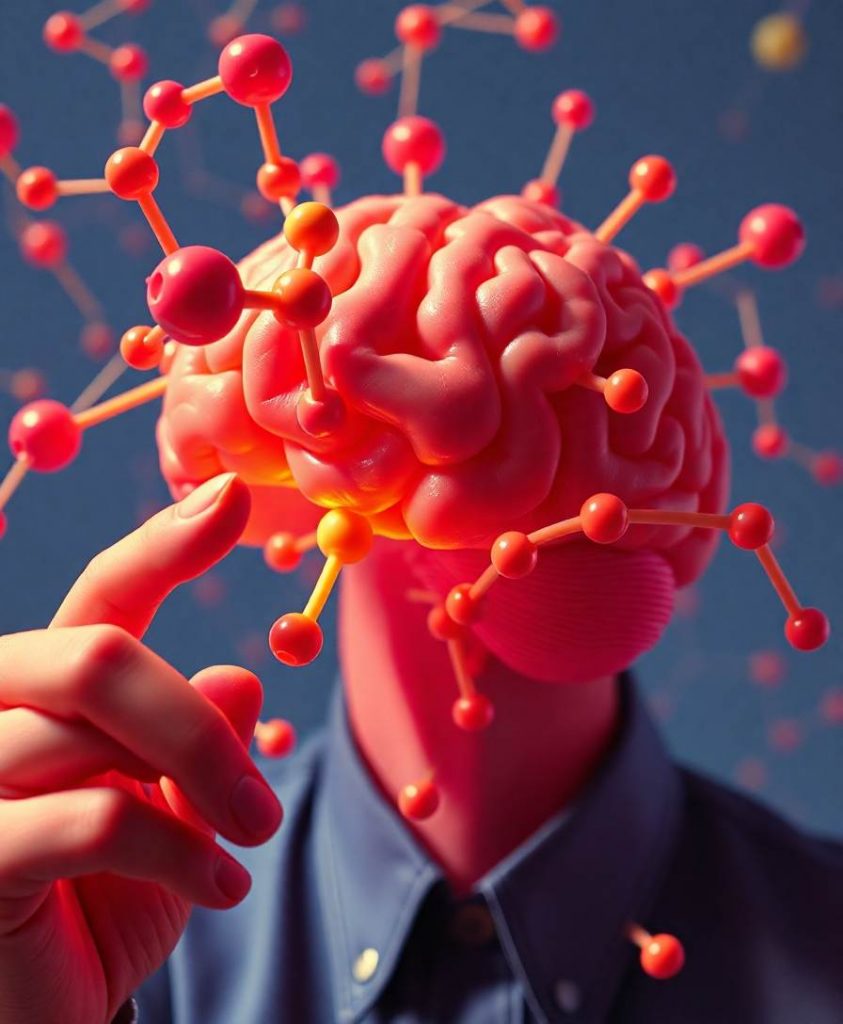Living in a world that seems so familiar, children as young as five are already mastering the skill of navigating complex spaces. You might notice a young child confidently moving through a crowded park or efficiently finding their way around a new home, but it’s remarkable to realize how early this sense of internal mapping begins to develop. When a child steps into a tiny town or a new environment, they’re engaging a sophisticated set of brain systems that help them recognize landmarks, remember routes, and feel confident exploring their surroundings.
The experience of a five-year-old confidently navigating a tiny town isn’t just about playful curiosity—it’s rooted in the incredible capacity of their developing brain to form mental maps. These mental maps are internal representations of the environment that allow children to understand spatial relationships and plan their movements. As they learn to get from point A to point B, their brain is actively developing the neural pathways that support spatial recognition and memory.
Neuroscientists are making strides in understanding how young children’s brains build these internal maps. They’re developing methods to explore the specific brain systems involved in recognizing landmarks, understanding spatial layouts, and executing navigational tasks. This research reveals that even at such a tender age, the brain’s navigation system is already quite sophisticated, laying the groundwork for more complex spatial reasoning as children grow.
What does this mean for parents, teachers, and caregivers? Recognizing that children are capable of developing mental maps as early as five encourages us to offer them environments rich in landmarks and opportunities for exploration. Simple activities like guiding children through a neighborhood, encouraging them to find their way back from a park, or playing map-based games can bolster these brain systems. These activities aren’t just fun—they’re essential in helping children strengthen the neural circuits that support spatial awareness and confidence.

The ability of young children to navigate small environments highlights a broader truth: our brains are wired for understanding the world around us from a very early age. This capacity for spatial recognition isn’t a fixed trait but a skill that can be nurtured through mindful interaction with their environment. When children are supported in exploring their surroundings, they gain not only navigational skills but also a deeper sense of independence and curiosity.
In a world increasingly filled with digital maps and GPS devices, it’s important to remember that the foundation for spatial understanding begins long before children can read a map or use a navigation app. Their early experiences of moving through and recognizing their environment help shape the brain systems that will support them throughout life, whether they’re finding their way in a tiny town or mastering more complex spatial tasks in adolescence and beyond.
Understanding how young children develop the mental maps that help them get around opens new perspectives on early childhood development. It also reminds us of the importance of providing environments that allow children to explore freely and develop their innate spatial reasoning skills. Every step they take in a tiny town, every landmark they remember, is a step toward building the cognitive tools they’ll carry into their future.
Learn More: Children as young as five can navigate a ‘tiny town’
Abstract: Neuroscientists are developing methods to map the brain systems that allow us to recognize and get around our world.
Link: Read Full Article (External Site)



